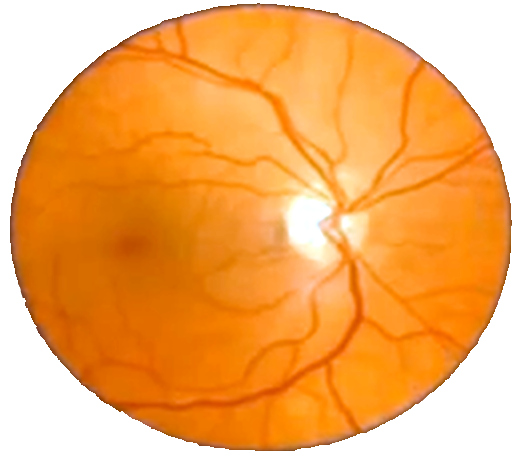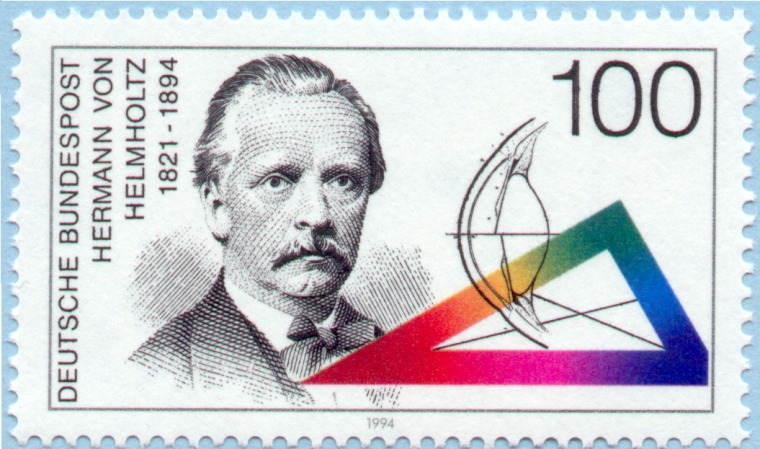Giant Footsteps
On August 31, 1821, German physician and physicist Hermann Ludwig Ferdinand von Helmholtz was born. He became a universal scholar – natural science, medicine, physiology, physics, chemistry, music, acoustics, electromagnetics, meteorology, and their related technologies. He explored current theories, performed his own experimental research, and usually marked his progress with some new or modified practical application.
Helmholtz was the first scientist to measure the wavelengths of ultraviolet light… leading him to calculate the capacity of the light microscope. He investigated the field of acoustics and wrote a text On The Sensations Of Tone As A Physiological Basis For The Theory Of Music. He formulated the first main mathematical theorem of thermodynamics. His studies on cyclones, thunderstorms, air and water waves, as well as glaciers, made Helmholtz one of the founding fathers of modern meteorology.
He developed some of his great achievements in the field of optics. He created an ophthalmoscope that enabled him to make visible the retina of the human eye for the first time. Helmholtz wrote about and publicized it and the device became an immediate hit with medical colleagues and researching scientists. Although he could now see inside the eye, his research motivation became how the eye perceived objects.
There was no tool to help him investigate the eye as a lens, so he developed the ophthalmometer, a device for measuring the cornea’s curvature… from which he was able to explain the mechanism by which the eye can focus within certain limits. Eyeglass makers of the world rejoiced. These instruments have evolved as succeeding optics researchers refine and tweak them. Eventually Helmholtz published one of the most important books ever to appear on the physiology and physics of vision, Physiological Optics. However, the question Helmholtz sought about how we perceive objects continues to be studied!

Helmholtz believed in the civilizing power of science. He received the Copley Medal from the Royal Society of London for his researches in physics and physiology. He left a legacy of science-clarifying theorems and practical inventions. No surprise, then, that today’s Helmholtz Association is Germany’s largest scientific organization of 15 research centres and an annual budget of over 2 billion euros! That’s the scale needed to follow in the footsteps of its namesake – 28,000 employed in current research fields that include energy, Earth and the environment, health, key technologies, aeronautics and space.

B Bondar / Real World Content Advantage